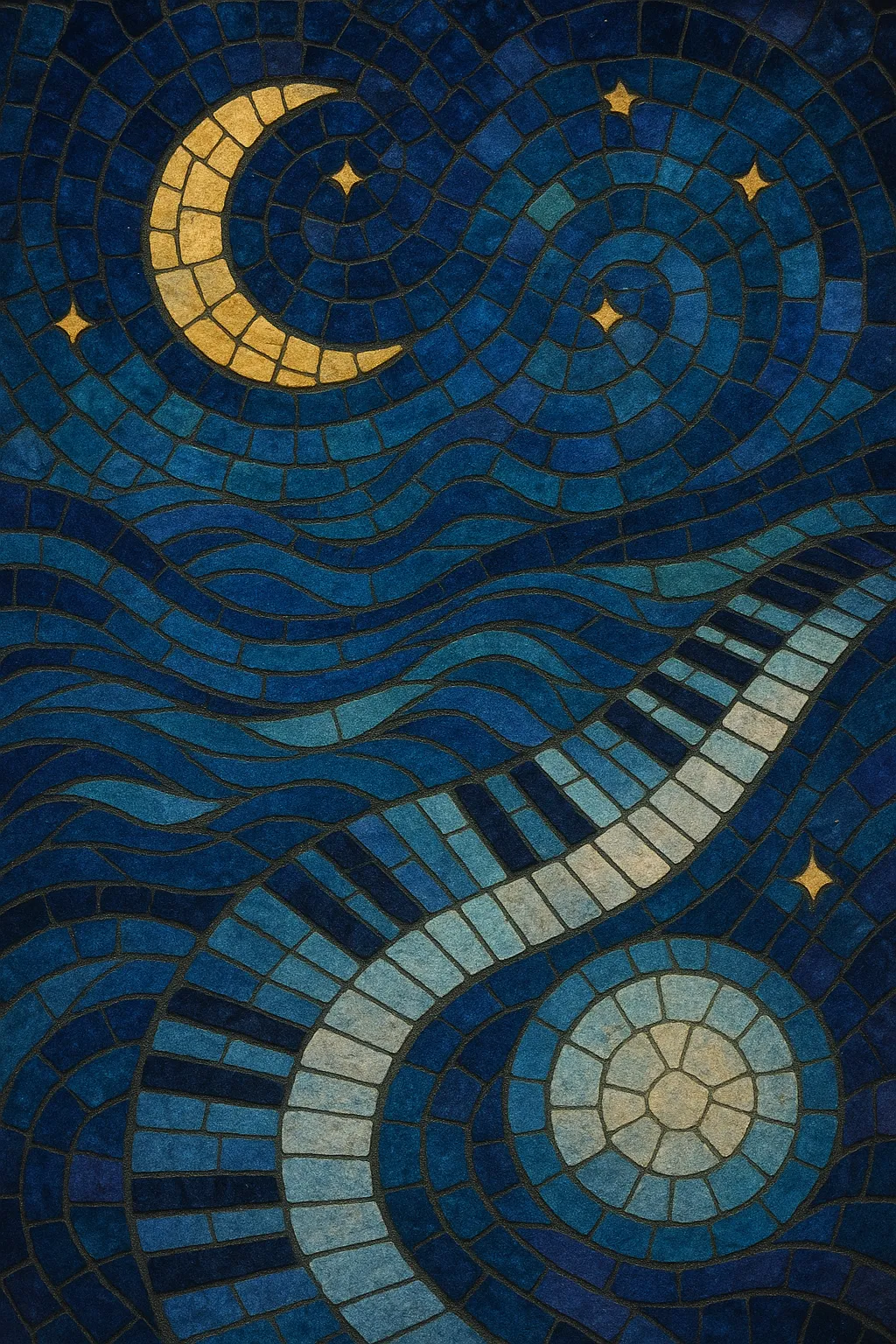Dream trance is a melodic, emotive strand of mid‑1990s trance that blends club‑ready four‑on‑the‑floor rhythms with lullaby‑like hooks, lush pads, and prominent piano or bell‑tone leads. It favors wistful, often minor‑key themes, long reverbs, and gentle filters that swell and recede, creating a floating, nocturnal atmosphere.
Typically clocking in around 130–138 BPM, tracks are arranged with DJ‑friendly intros and outros, a patient breakdown that foregrounds the main melody (frequently on a bright piano patch), and a euphoric but soft‑edged drop. Compared to harder trance offshoots, dream trance leans closer to Balearic and new‑age moods, prioritizing melody and sentiment over aggression.
Dream trance emerged in continental Europe—especially Italy—during the mid‑1990s as trance producers folded in Balearic, ambient, and new‑age sensibilities. Italian club culture and Italo house’s melodic instincts encouraged producers to spotlight memorable, lullaby‑like piano themes over a steady house/techno chassis.
The style reached international prominence when Robert Miles’ “Children” (1995) crossed over from clubs to radio, establishing the signature: soft pads, filtered builds, and a clear, nostalgic piano hook. A wave of releases followed across Europe, solidifying “dream trance” (often called “dream house” in Italy) as a recognizable sound with broad appeal.
As trance diversified, dream trance’s melodic approach fed into vocal trance and the more pop‑oriented Euro‑trance charts. Artists adapted the formula with gentle arpeggios, airy female vocals, and Mediterranean/Balearic color. While harder styles (tech‑trance, later uplifting and anthem trance) began to dominate big rooms, dream trance maintained strong radio and compilation presence.
Though its peak was brief, dream trance shaped the mainstream perception of trance as emotive, melodic, and cinematic. Its DNA is audible in late‑1990s/early‑2000s Euro‑trance, Italo dance, and sun‑kissed Balearic/chillout crossovers, and it laid groundwork for radio‑friendly trance‑pop combinations.


